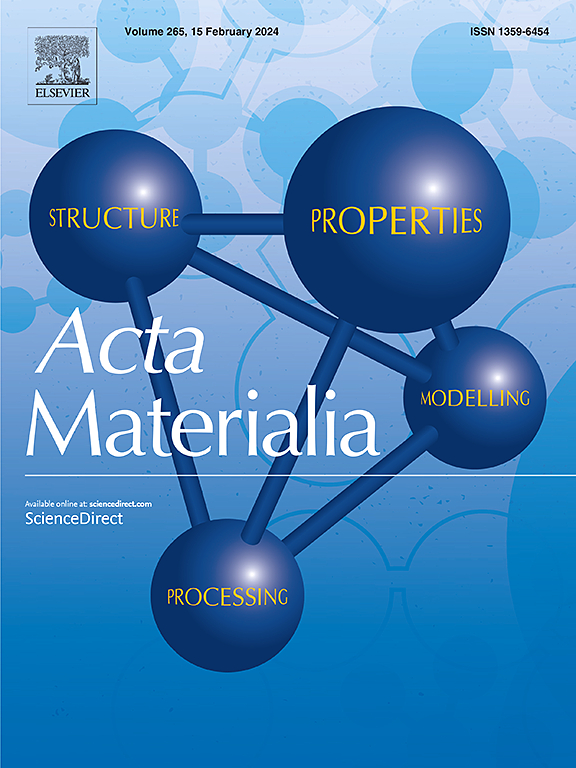Machine learning driven insights into lithiation mechanisms at the silicon-graphite interface within composite electrode
IF 8.3
1区 材料科学
Q1 MATERIALS SCIENCE, MULTIDISCIPLINARY
引用次数: 0
Abstract
Silicon-graphite composite electrodes are considered as ideal candidates for high-performance lithium-ion batteries due to their outstanding theoretical specific capacity. A comprehensive understanding of the lithiation mechanism at the silicon-graphite interface is crucial for improving battery performance, particularly in terms of enhancing cycling stability and reversible capacity. In this work, we have trained a machine learning potential and performed large-scale molecular simulations to investigate the lithiation mechanisms at individual a-Si, a-Si/graphite-I, and a-Si/graphite-II interfaces. The results demonstrate that the trained potential achieves accuracy comparable to density functional theory, making it well-suited for high-precision simulations of lithiation dynamics in large-scale systems. Our findings reveal that, compared to the reference a-Si system, graphite effectively mitigates direct lithium-silicon contact, reducing interfacial reactions and promoting a diffusion-dominated lithiation process. Notably, the a-Si/graphite-I interface exhibits the fastest lithiation rate while efficiently suppressing the diffusion of silicon atoms toward the lithium source. This confinement facilitates the formation of a dense lithiated phase, significantly minimizing silicon loss and enhancing both the reversible capacity and cycling stability of the electrode. Our study provides valuable theoretical insights for the performance enhancement of silicon-graphite composite electrode materials.


机器学习驱动的洞察在复合电极内硅-石墨界面的锂化机制
硅石墨复合电极因其优异的理论比容量而被认为是高性能锂离子电池的理想候选材料。全面了解硅-石墨界面的锂化机制对于提高电池性能至关重要,特别是在提高循环稳定性和可逆容量方面。在这项工作中,我们训练了机器学习潜力,并进行了大规模的分子模拟,以研究单个a- si, a- si /石墨- i和a- si /石墨- ii界面的锂化机制。结果表明,训练电位达到了与密度泛函理论相当的精度,使其非常适合于大规模系统中锂化动力学的高精度模拟。我们的研究结果表明,与参考的a- si体系相比,石墨有效地减轻了锂-硅的直接接触,减少了界面反应,促进了扩散主导的锂化过程。值得注意的是,a-Si/石墨- i界面表现出最快的锂化速率,同时有效地抑制了硅原子向锂源的扩散。这种限制有利于形成致密的锂化相,显著减少硅损失,提高电极的可逆容量和循环稳定性。本研究为提高硅-石墨复合电极材料的性能提供了有价值的理论见解。
本文章由计算机程序翻译,如有差异,请以英文原文为准。
求助全文
约1分钟内获得全文
求助全文
来源期刊

Acta Materialia
工程技术-材料科学:综合
CiteScore
16.10
自引率
8.50%
发文量
801
审稿时长
53 days
期刊介绍:
Acta Materialia serves as a platform for publishing full-length, original papers and commissioned overviews that contribute to a profound understanding of the correlation between the processing, structure, and properties of inorganic materials. The journal seeks papers with high impact potential or those that significantly propel the field forward. The scope includes the atomic and molecular arrangements, chemical and electronic structures, and microstructure of materials, focusing on their mechanical or functional behavior across all length scales, including nanostructures.
 求助内容:
求助内容: 应助结果提醒方式:
应助结果提醒方式:


